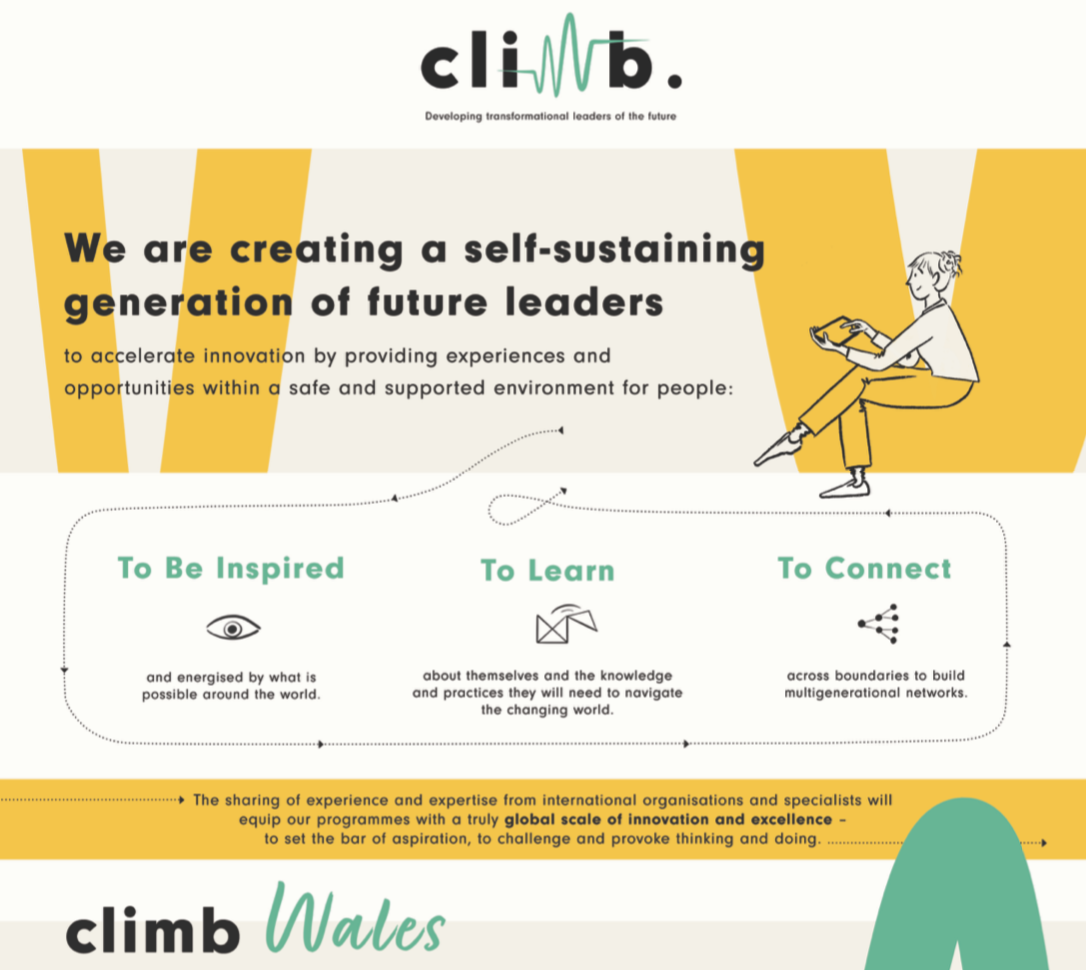Tracheostomy training had been hit hard by Covid-19. This life saving procedure occurs in high intensity scenarios with many variable factors at play. Even before the pandemic, training was undertaken 1:1 with low fidelity mannequins in a scenario that bore little resemblance to the clinical reality.
There was a need to improve both the access and experience of tracheostomy training and harnessing innovation in simulation technology was likely to provide commercially viable solutions.
This issue was being championed within our client’s organisation by an inspiring Consultant Therapist, Paul Twose. Venbridge worked with Paul as clinical lead, colleagues in Cardiff and Vale Health Board, Welsh Government and the Cardiff Capital Region to design and launch the inaugural CCR Innovation Challenge Fund.
We supported the development of the application, minimising the ask on time pressured clinicians, ensuring that the objectives of the co-funders were met and the opportunities and risks inherent within the project were fully understood by the Health Board.
£400k was available over three phases of the competition, including a final adoption phase to ensure the long-term commercial viability of the final solutions. Building a strong working partnership was key to ensuring the long-term success of the project and this was reflected in the governance arrangements for the competition.
The Challenge was launched in April 2021 with around 25 applications submitted. As the competition progressed the excellent engagement of clinical teams has continued and the scope of the solutions in development has expanded, maximising the investment that is being made.
At the point the challenge is concluded in early 2022 the final solutions will have been adopted by clinical teams, delivering fit for purpose, commercially scalable solutions to the NHS.
 Client Stories
Client Stories
Harnessing Innovation to Solve Real-World Problems
Tracheostomy training had been hit hard by Covid-19. This life saving procedure occurs in high intensity scenarios with many variable factors at play. Even before the pandemic, training was undertaken 1:1 with low fidelity mannequins in a scenario that bore little resemblance to the clinical reality.
 Client Stories
Client Stories
Developing a compelling commercial brand for the public sector
Having secured funding and designed an innovative leadership programme, the Venbridge team turned their attention to creating a captivating brand.